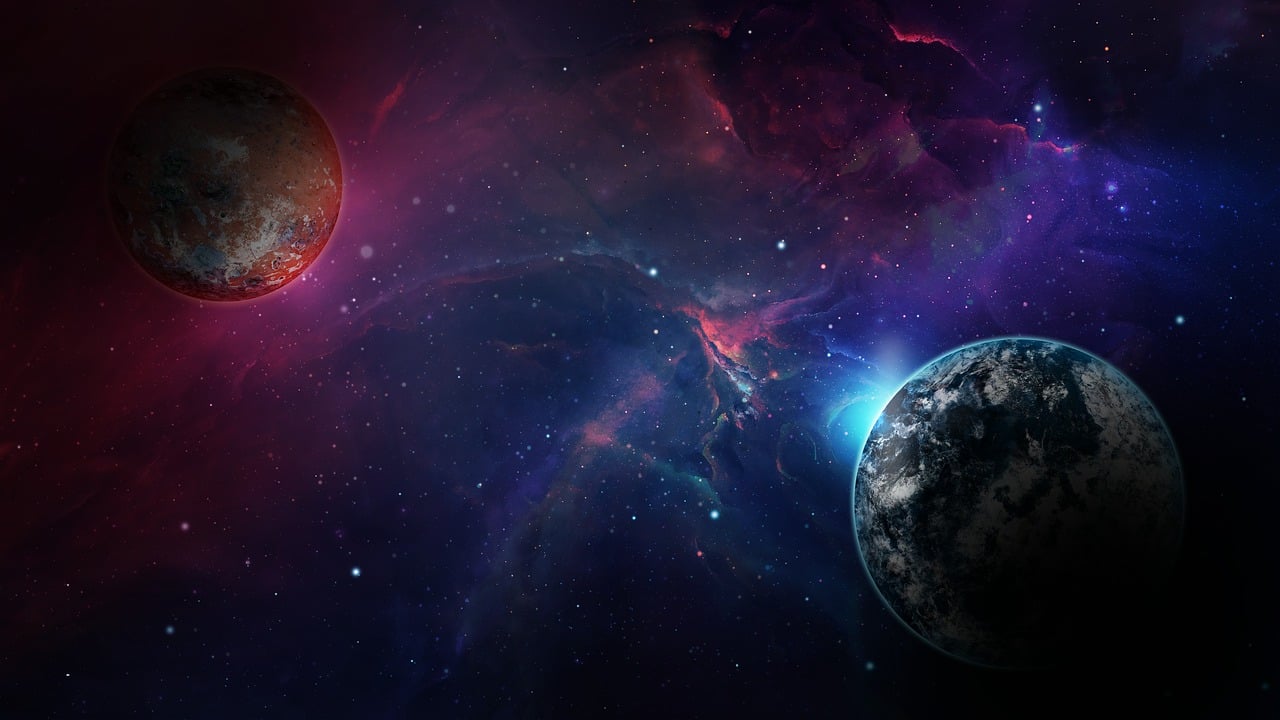Explore the truth about sound in space. Discover what types of cosmic sounds exist, how NASA records them, and what they tell us about the universe. Learn with clear explanations.
Is There Any Sound in Space? What Types of Sounds Exist in Space?
When we think about outer space, many of us imagine a silent, vast, and dark vacuum. But is space truly silent? Can any kind of sound exist beyond Earth’s atmosphere? In this article, we’ll explore the scientific truth behind sound in space, how it is detected, and what types of mysterious sounds have been recorded by space agencies like NASA.
🧠 Understanding Sound: What Is It, Really?
Sound is a mechanical wave. It travels by vibrating particles in a medium—like air, water, or solid materials. On Earth, we hear sound because our atmosphere allows these vibrations to reach our ears.
But space is a vacuum. That means there are very few molecules or particles to carry sound waves like we experience on Earth. So technically, traditional sound cannot travel in space.
🪐 Does This Mean Space Is Completely Silent?
No—not entirely. While space lacks air for normal sound waves to travel, there are still plasma waves, electromagnetic vibrations, and oscillations happening constantly in the cosmos. These are picked up and recorded by special instruments on satellites and spacecraft.
NASA and other space agencies can convert these vibrations into audio using special techniques called sonification. This allows us to “hear” what space sounds like, even though it’s not sound in the traditional sense.
🚀 How Does NASA Record Sound in Space?
NASA uses instruments like:
- Plasma wave antennas
- Magnetometers
- Radio wave detectors
These instruments pick up electromagnetic vibrations and wave patterns from solar winds, planetary magnetospheres, and black holes. Then, scientists convert the data into sound waves that we can listen to using computer algorithms.
This process gives us an entirely new way to experience outer space.
🎧 What Kind of Sounds Exist in Space?
Here are some fascinating types of cosmic “sounds” that have been captured and sonified by space missions:
1. Whistler Waves
These high-pitched sounds occur when electrons spiral along magnetic fields. They’ve been recorded in Earth’s magnetosphere and around Jupiter.
2. Auroral Chorus
Similar to a bird chirping, this sound is produced by electrons interacting with Earth’s magnetic field during auroras.
3. Plasma Waves
These are common in space. When charged particles collide with electromagnetic fields, they create low-frequency oscillations that can be converted into audio.
4. Solar Wind Sounds
Solar wind is a stream of charged particles from the Sun. It creates magnetic turbulence that sounds like a constant whoosh or hiss.
5. Black Hole Echoes
NASA’s Chandra X-ray Observatory recorded vibrations near a black hole in the Perseus galaxy cluster. The sound was too low to hear, but scientists increased the frequency to bring it into human hearing range.
🔭 What Have We Learned from Space Sounds?
These sounds aren’t just cool to listen to—they help scientists:
- Study the behavior of cosmic plasma
- Understand planetary atmospheres and magnetic fields
- Predict solar storms and protect satellites
- Explore black hole activity
Sonified data has become a valuable tool in space exploration, helping even the visually impaired experience astronomy through sound.
🔉 Can Astronauts Hear Anything in Space?
Inside their spacecraft or spacesuits, yes. That’s because air (or pressurized oxygen) is present, allowing sound to travel.
Astronauts can:
- Hear each other inside the International Space Station (ISS)
- Communicate using radios inside helmets
- Hear mechanical noises inside their suits
But outside the spacecraft, there is total silence—unless recorded using equipment.
🌠 Real Recordings You Can Listen To
NASA has made many of these space sounds available to the public through its NASA SoundCloud and official website.
Some popular recordings include:
- “Juno crossing Jupiter’s bow shock”
- “Cassini’s encounter with Saturn’s rings”
- “Voyager’s sounds of interstellar space”
These recordings are public domain and can be used for educational purposes, YouTube videos, or podcasts—with proper credit to NASA.
📌 Final Thoughts
Space may appear silent, but it is full of movement, energy, and waves that reveal secrets through vibration. From auroras to black holes, these cosmic sounds offer a fascinating glimpse into the unknown. Thanks to organizations like NASA, we can now not only see the universe—but hear it too.
Disclaimer: This article is written in original form using publicly available scientific data from trusted sources like NASA. All sounds referenced are from public domain or NASA archives. This content is non-copyrighted and created for educational and informational purposes.
Is there any real sound in space?
Traditional sound can’t travel in space due to the vacuum. However, space has electromagnetic vibrations that can be converted into sound using technology.
Can humans hear anything in space?
Outside their spacecraft—no. But inside pressurized environments like the ISS, astronauts can hear sounds just like on Earth.
What was the sound of a black hole?
NASA discovered pressure waves from a black hole in the Perseus cluster. These were sonified by boosting the frequency, revealing a deep, eerie tone.
How does NASA record space sounds?
NASA uses special instruments to detect plasma waves and electromagnetic activity, then processes this data into audio.
: Can I use NASA’s sound recordings?
Yes. Most of NASA’s sound files are in the public domain, but always credit NASA and check individual usage rights on their media site.

Leave a Reply